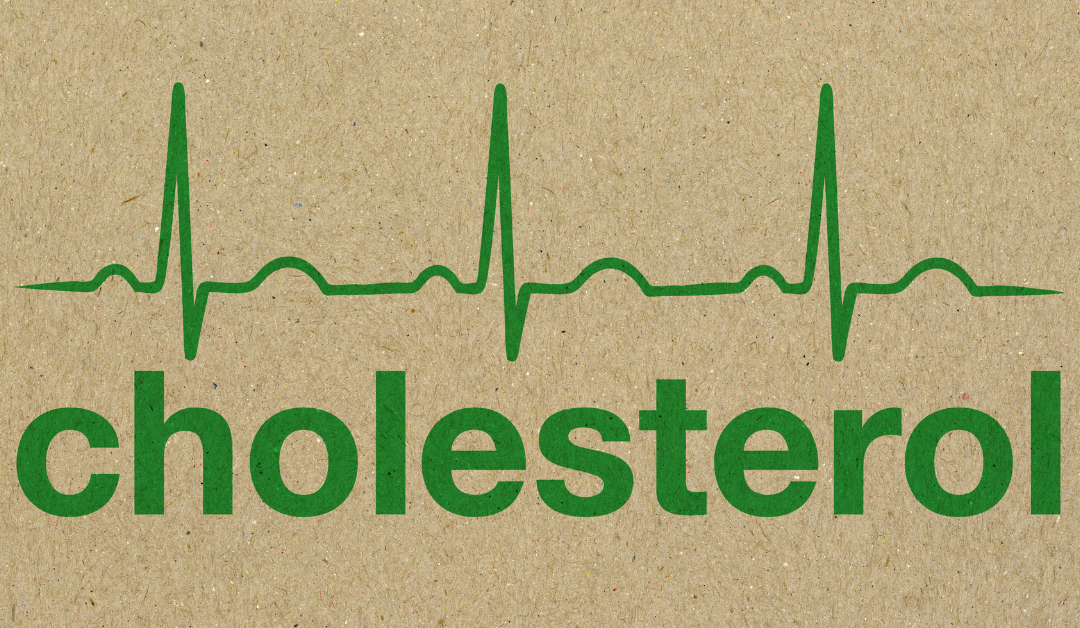Eating wholesome foods and exercise is a sure way to help keep the heart healthy and cholesterol levels in check. But what exactly is cholesterol and how does exercise and food impact cholesterol.
The Role of Cholesterol
Cholesterol is a waxy fat-like substance that is produced by the liver. It is essential for maintaining the integrity and fluidity of cell membranes. Cell membranes are the structures that border every cell in the human body. Without cholesterol, the cells would rupture.
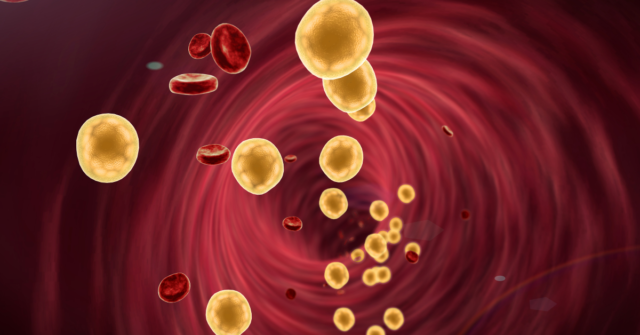
small amounts of cholesterol are required by the body
In addition, cholesterol is required to help produce steroid-based sex hormones such as testosterone, oestrogen and progesterone.
Cholesterol also helps in the production of other hormones including aldosterone and cortisol and is required to manufacture vitamin D plus insulates nerve cells.
Amongst the many roles that cholesterol plays in a healthy person is the formation of bile acids in the liver. These help breakdown fats in the digestive tract so they can be absorbed by the body.
Triglycerides
Triglycerides are a type of fat and are the main source of energy. Triglycerides are a combination of saturated fat, unsaturated fat and glycerol. They are supplied from our diet and made by the liver.
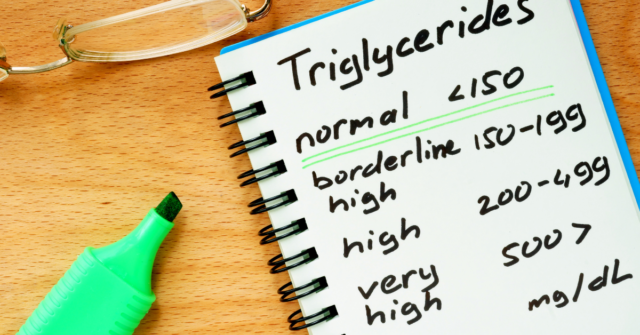
triglycerides are our main source of energy
When we consume foods containing triglycerides, the fats are parcelled into a type of lipoprotein called chylomicrons. These carry the triglycerides into the blood stream to be used or stored.
The body also makes its own supply of triglycerides in the liver and is carried by a different type of lipoprotein known as very-low-density lipoprotein (VLDL).
Good/Bad Cholesterol
The liver packages cholesterol into lipoproteins which are a combination of fats and proteins. Lipoproteins transport cholesterol through the bloodstream to the cells.
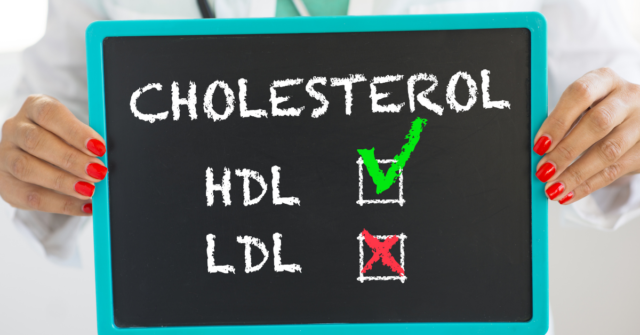
HDL removes excess cholesterol from your body
- LDL (low-density lipoproteins) is commonly known as bad cholesterol as high levels are associated with heart disease. Because LDL contains more cholesterol than protein, it is light in weight. LDL is responsible for carrying cholesterol to the cells that need it. However, high levels of LDL are responsible for a process called atherosclerosis in which the walls of arteries are narrowed by forming plaques which cause blockages.
- HDL (high-density lipoproteins) is also referred to as good cholesterol. Because it contains more protein and less cholesterol, it is heavier. HDL is responsible for absorbing excess cholesterol from the cells and taking it back to the liver. This helps avoid arterial plaque formations which lowers the risk of cardiovascular disease. The liver then flushes it out by converting the cholesterol to bile salts which are reabsorbed in the small intestine and eventually eliminated by the kidneys.
- VLDL (very-low-density lipoproteins) is also considered bad cholesterol. VLDL mainly carries triglycerides (the most common type of fat) in your body. The man difference between VLDL and LDL is that they have different percentages of the cholesterol, protein and triglycerides that make up each lipoprotein. VLDL contains more triglycerides. LDL contains more cholesterol. Too much of either can cause atherosclerosis.
How aerobic exercise impacts cholesterol?
- Exercise stimulates enzymes that help move excess LDL from the blood to the liver.
- Plus, exercise increases the size of the protein particles that carry cholesterol through the blood. Small dense particles are dangerous as they can squeeze into the linings of the heart and blood vessels. Larger bigger LDL’s cannot squeeze into these small spaces.
What about resistance exercise?
- There is evidence that weight training can help the body metabolise fats better by raising HDL and thus reducing LDL levels in the body. In addition, lifting weights will enable you to lessen the risk of injury and allow you to continue training uninterrupted.
Food and cholesterol
Eating more carbohydrates and fats than you can burn can lead to excessive amounts of triglycerides and high levels of VLDL in your blood. The best way to lower your VLDL levels is a combination of diet and exercise. Switching to unsaturated fats and cutting back on sugar, alcohol and smoking all play a major role in improving health.
- Reducing saturated fats can significantly reduce your LDL. Saturated fats are found in red meat, full-fat dairy products, pastries, pies, chocolate, cakes, puddings, biscuits and coconut oil and cream. Saturated fats are usually hard at room temperature.
- Swap saturated fats for unsaturated fats. Examples of unsaturated fats are avocados, almonds, hazelnuts, walnuts, pecans, pumpkins seeds, flaxseeds, sesame seeds and fish. Eating foods rich in omega-3 fatty acids such as salmon, mackerel, herring walnuts and flaxseeds are an important type of polyunsaturated fat that the body cannot make and so must come from food.
- Eliminate trans fats which are often listed as a hydrated vegetable oil and are used in margarines, biscuits, crackers, cakes, pizza, fried foods, doughnuts, bakery foods and fast food.
- Increase soluble fibre to reduce absorption of cholesterol into the bloodstream. Dietary fibre or roughage is the portion of the plant-derived food that cannot be digested. Soluble fibre reduces your body’s ability to absorb fat, lowers cholesterol, lowers levels of blood sugar and increases healthy gut bacteria which lowers inflammation in the body and helps with digestion. Soluble fibre is found in wholegrain foods, kidney beans, black beans, lima beans, sweet potatoes, broccoli, turnips, figs, nectarines, apricots, carrots, sunflower seeds, hazelnuts, oats, barley, Brussels sprouts, apples and pears.
All fruits, vegetables whole grains and legumes contain some soluble fibre and is one of the main reasons whole plant foods are good for you.
Also increase your insoluble fibre to aid good health. Insoluble fibre attracts water into your stool which makes it softer and easier to pass. Insoluble fibre can help bowel health and regularity and supports insulin sensitivity. Examples of insoluble foods are whole grains, brown rice, couscous, carrots, parsnips, potatoes, celery, cucumbers, courgettes, beans, pulses, lentils, nuts, seeds and fruit with edible seeds.
Eat your greens
Adopting healthy eating habits can prevent high cholesterol levels which reduces the risk of heart disease and stroke. We couldn’t survive without cholesterol. A completely cholesterol-free diet is not an option. However, a low saturated fat diet can be part of an effective plan to mange blood cholesterol and help reduce overall triglycerides in the body, thus reducing body weight and generally feeling leaner and healthier.
Add in aerobic and resistance exercise and you are doing everything within your power to keep blood flowing though your arteries effortlessly.
Eat well, exercise often and live healthy.
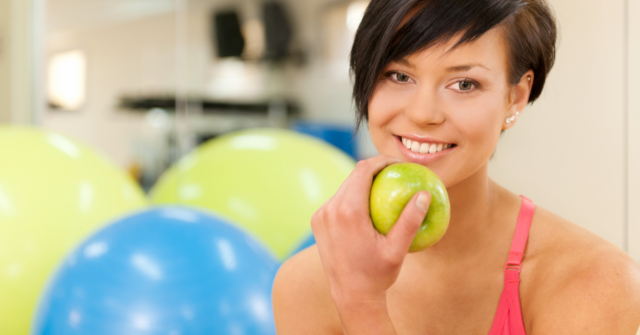
exercise, food and cholesterol

